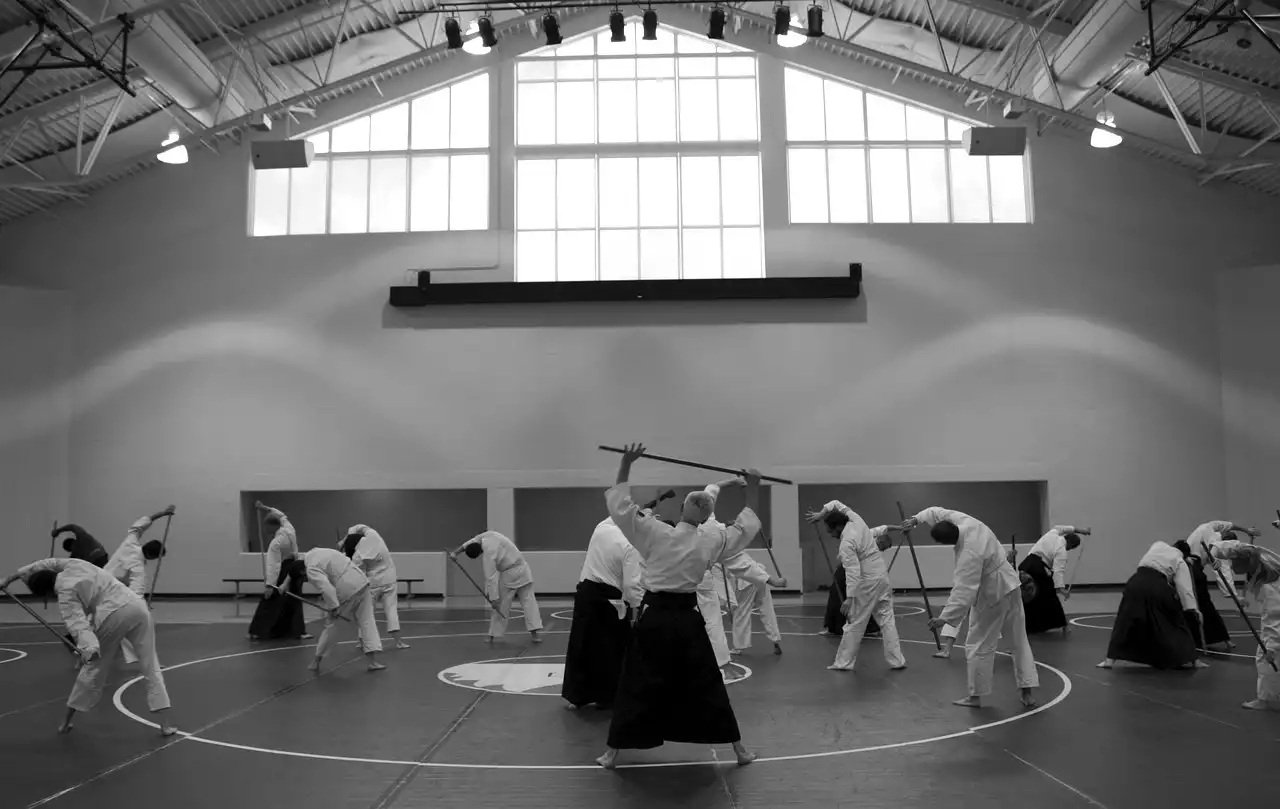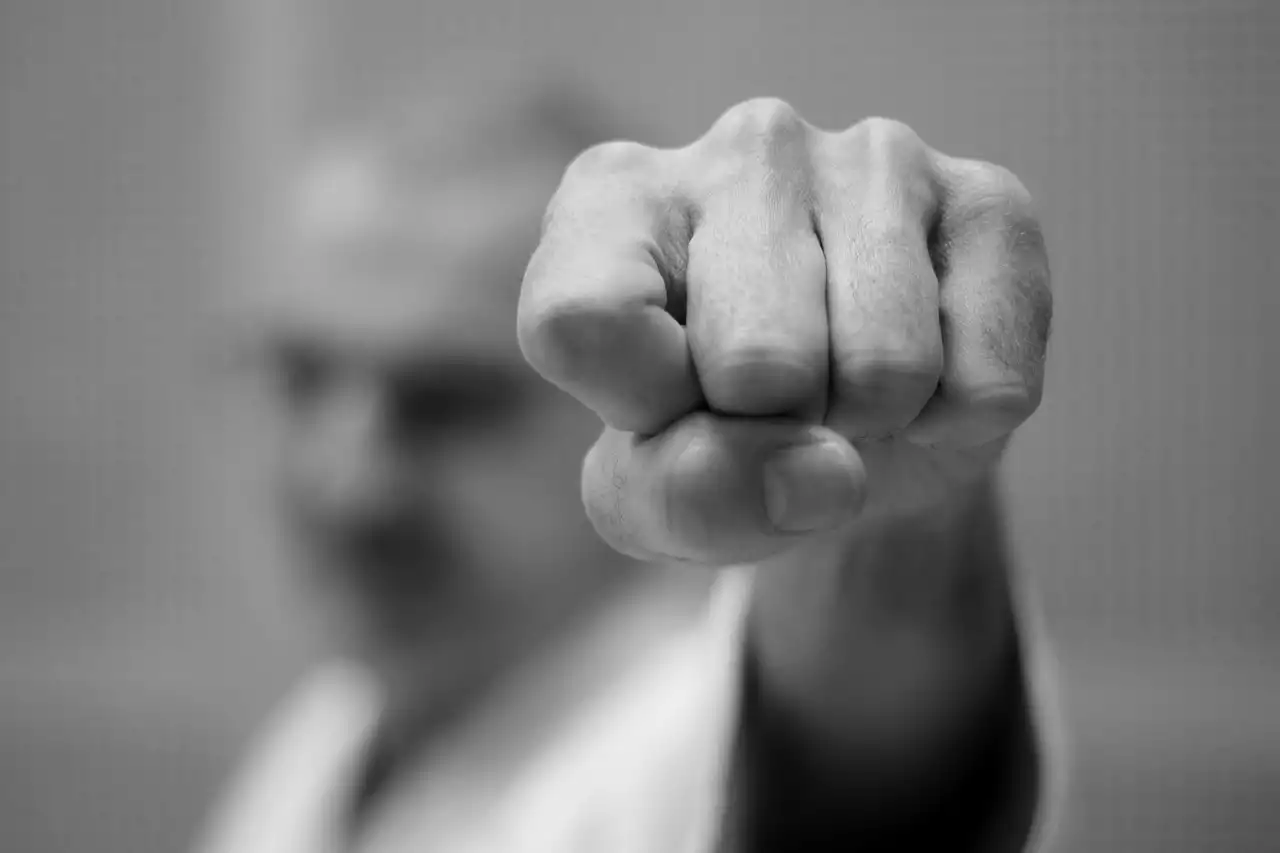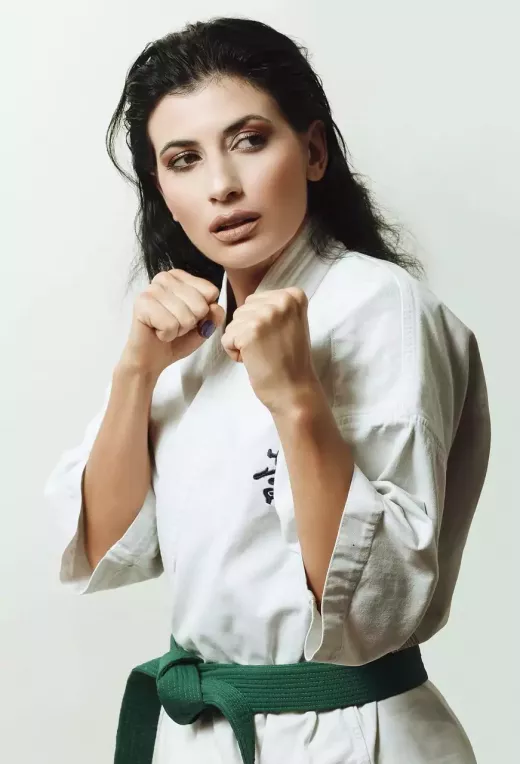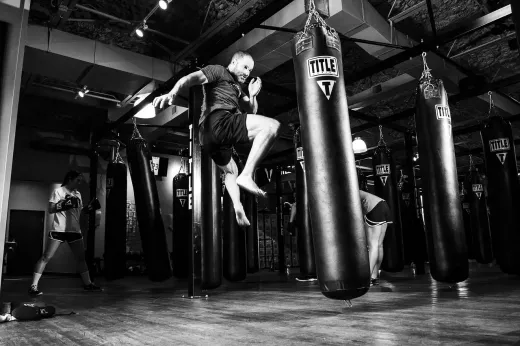Understanding the basics: Stances, footwork, and balance
Every martial art has its own unique stances and footwork, but they all share a common goal: to provide a solid foundation for effective movement and balance. The most common stances are the forward stance, the back stance, and the horse stance. Each of these stances has a specific purpose and can be used in different situations, so it's important to master all of them.
In addition to stances, footwork is also an essential component of martial arts training. Good footwork allows you to move quickly and efficiently, and it can also help you avoid attacks from your opponent. Some common footwork techniques include the step and slide, the shuffle step, and the pivot step. By mastering these techniques, you'll be able to move around the mat with ease and confidence.
Finally, balance is key to effective martial arts technique. Without proper balance, you'll be unable to execute your techniques with power and accuracy. To improve your balance, try practicing one-legged exercises such as standing on one foot or holding a balance ball between your knees. These exercises will help you develop the core strength and stability necessary for effective martial arts technique.
The importance of proper breathing techniques
Breathing is often overlooked in martial arts training, but it's actually a critical component of effective technique. Proper breathing can help you relax and stay focused, and it can also increase your stamina during sparring or competition.
One of the most important breathing techniques in martial arts is the deep diaphragmatic breath. This involves breathing deeply into your belly, rather than into your chest. When you inhale, your belly should expand, and when you exhale, your belly should contract. This type of breathing allows you to take in more oxygen and release more carbon dioxide, which can help you stay focused and energized.
Another important breathing technique is the breath hold. This involves holding your breath for a short period of time, typically 3-5 seconds, and then exhaling slowly. This technique can help you build lung capacity and improve your overall breathing control.
Developing speed and power through drills and exercises
To become an expert martial artist, you need to develop both speed and power in your techniques. Speed allows you to execute your techniques quickly and efficiently, while power allows you to deliver maximum force with each strike.
One way to develop speed and power is through drills and exercises. For example, you can practice punching combinations on a heavy bag, focusing on speed and accuracy. You can also practice kicking drills, such as the roundhouse kick or the front kick, to improve your leg strength and speed.
In addition to drills, exercises such as plyometrics can also help you develop explosive power. Plyometrics involve explosive movements such as jump squats or box jumps, which can help you build power in your legs and improve your overall athleticism.
Mastering essential strikes: Punches, kicks, and elbows
Striking is a fundamental aspect of martial arts training, and there are a variety of different techniques you can use to deliver effective strikes. Some of the most common strikes include punches, kicks, and elbows.
Punches are typically used in close-range combat, and they can be delivered with either the fist or the palm of the hand. Some common punches include the jab, the cross, and the hook. Kicks, on the other hand, are typically used in long-range combat, and they can be delivered with the foot, knee, or shin. Some common kicks include the roundhouse kick, the front kick, and the sidekick. Finally, elbows are often used in close-range combat, and they can be delivered with either the point or the blade of the elbow.
To master these essential strikes, it's important to practice them regularly on both pads and bags. You should also focus on developing proper technique, including correct body positioning and weight distribution.
Advanced techniques: Throws, joint locks, and submissions
Once you've mastered the basics of striking, you can start to explore more advanced techniques such as throws, joint locks, and submissions. These techniques are typically used in grappling or ground fighting, and they can be incredibly effective when executed properly.
Throws involve using leverage and momentum to take your opponent off balance and bring them to the ground. Some common throws include the hip throw, the shoulder throw, and the foot sweep. Joint locks, on the other hand, involve using pressure to control your opponent's joints and force them to submit. Some common joint locks include the armbar, the kimura, and the wrist lock. Finally, submissions involve using a combination of techniques to force your opponent to submit, typically by choking them or applying pressure to a joint.
To master these advanced techniques, it's important to work with a partner and practice them in a controlled environment. You should also focus on developing proper technique and timing, as well as learning how to transition between techniques seamlessly.
The role of sparring in martial arts training
Sparring is an essential component of martial arts training, as it allows you to test your skills against a live opponent in a controlled environment. During sparring, you can practice your techniques and develop your timing, speed, and power.
To get the most out of sparring, it's important to approach it with the right mindset. You should focus on improving your technique and learning from your mistakes, rather than trying to win at all costs. You should also communicate with your partner and agree on the rules and intensity of the sparring session beforehand.
Finally, it's important to remember that sparring is just one component of martial arts training. It should be used in conjunction with other training techniques, such as pad work, bag work, and drills, to help you develop a well-rounded skillset.
Mental preparation and visualization techniques
In addition to physical training, mental preparation is also essential for martial arts success. Visualization techniques can help you prepare mentally for competition or sparring, and they can also improve your focus and concentration.
One common visualization technique is to visualize yourself executing your techniques perfectly, in vivid detail. You can also visualize yourself overcoming challenges and obstacles, such as a particularly difficult opponent or a challenging situation.
Another important aspect of mental preparation is developing a positive mindset. You should focus on your strengths and accomplishments, rather than dwelling on your weaknesses or failures. By developing a positive mindset, you'll be better able to handle the challenges and stresses of martial arts training and competition.
The benefits of cross-training in other martial arts
Cross-training in other martial arts can be incredibly beneficial for martial artists of all levels. By studying other styles, you can gain a better understanding of the principles and techniques that underpin martial arts as a whole.
For example, cross-training in Brazilian Jiu-Jitsu can help you improve your ground fighting skills, while cross-training in Muay Thai can help you develop your striking technique. By studying multiple styles, you can also develop a more well-rounded skillset and become a more versatile fighter.
Finally, cross-training can also help you break out of your comfort zone and challenge yourself in new ways. This can be incredibly rewarding and can help you develop a deeper appreciation for martial arts as a whole.
The importance of proper nutrition and conditioning
Finally, it's important to remember that proper nutrition and conditioning are essential for martial arts success. Without proper nutrition, you won't have the energy or stamina to perform at your best, and without proper conditioning, you won't have the strength or endurance to execute your techniques effectively.
To improve your nutrition, focus on eating a balanced diet that includes plenty of fruits, vegetables, lean proteins, and complex carbohydrates. You should also stay hydrated by drinking plenty of water throughout the day.
In terms of conditioning, focus on developing a regular exercise routine that includes cardio, strength training, and flexibility work. You should also get plenty of rest and recovery time to allow your body to repair and regenerate.
By focusing on proper nutrition and conditioning, you'll be able to perform at your best and achieve your martial arts goals.









